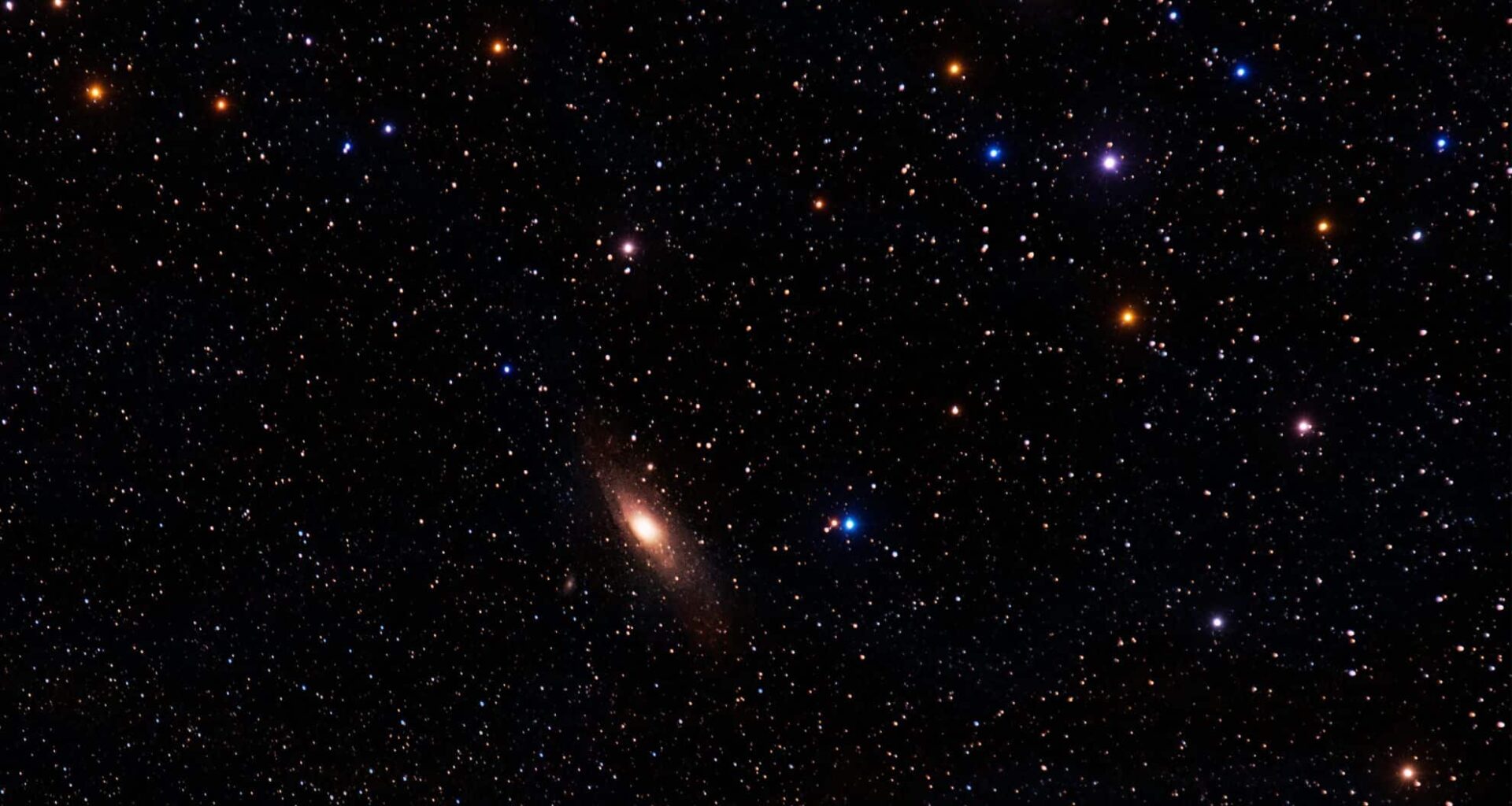In an era of ever-expanding astronomical research, the need for tools capable of swiftly classifying vast numbers of celestial objects has never been greater. Recent advancements in AI technology, specifically a model developed by researchers in China, promise to transform how we process data from sky surveys. With the ability to analyze millions of objects in record time, this AI could be the key to unlocking hidden patterns across the universe. As detailed in a recent study published in The Astrophysical Journal, this new AI model has already classified more than 27 million objects, including stars, galaxies, and quasars. By seamlessly integrating complex datasets from different surveys, it stands as a breakthrough in the way astronomers study the cosmos.
The study is a game-changer, not just because of the tool’s speed, but also due to the remarkable accuracy it brings to the table. The researchers, led by experts at the Yunnan Observatories, tackled the challenge of distinguishing objects in the sky that often appear as mere dots of light. Traditionally, methods like spectroscopy have been used for classification, but these techniques are slow and cumbersome. The new AI model, however, operates much more efficiently, allowing astronomers to sift through massive amounts of data at unprecedented speeds. This is especially critical given the upcoming surveys, which are set to observe billions of objects.
Dual-Input Approach: The Key to AI’s Success
The AI model, a neural network, incorporates both morphological features—how objects look—and spectral energy distribution (SED) features—how their brightness varies across different wavelengths. This dual-input approach gives the AI an edge over previous models that relied on either one or the other. By using both inputs in tandem, the AI is better able to differentiate between stars, galaxies, and quasars, which often appear similarly in the data. As the authors note, “This MNN successfully leverages both morphological and SED information to enable efficient and robust classification of stars, quasars, and galaxies in large photometric surveys.”
Astronomers are well aware of the challenge these similar-looking objects pose. Stars and galaxies, depending on their distance from Earth, can appear as tiny, bright dots. The task of classifying such objects often results in errors when only morphological data is used. Spectral energy distribution is a powerful tool that helps to distinguish these objects based on how they emit light. However, it too has limitations, especially when applied to faint or distant objects. The new AI system, by integrating both methods, overcomes these challenges, making it a far more reliable solution for modern sky surveys.
A Breakthrough in Sky Survey Data
The AI model’s impact extends beyond just classification. It represents a breakthrough in how we process and understand data from astronomical surveys. Over 27 million objects have already been classified, covering about 1,350 square degrees of sky. The AI model was tested on various datasets, including those from the Sloan Digital Sky Survey and the Kilo-Degree Survey, and it performed remarkably well. In one experiment, the model successfully classified 99.7% of stars from data provided by the Gaia mission, and similarly, it correctly labeled 99.7% of galaxies and quasars in the GAMA survey.
This rapid, large-scale classification opens up new possibilities for future surveys. As the volume of astronomical data grows, astronomers will need tools capable of processing massive amounts of information quickly and efficiently. The AI model offers just that, helping to identify patterns, rare objects, and cosmic phenomena that would otherwise be missed or overlooked. This could lead to groundbreaking discoveries in the study of the universe’s formation and evolution.
Transforming Astronomical Databases
One of the unexpected advantages of this AI tool is its ability to correct past mistakes in astronomical databases. During testing, the model identified objects that had previously been misclassified. Some objects, once labeled as stars, were actually galaxies. The AI successfully reclassified these objects, demonstrating its potential not only for future surveys but also for improving existing astronomical catalogs. This ability to identify errors in previous classifications could help streamline research and provide astronomers with more accurate databases to work with.
The AI model’s efficiency doesn’t just apply to large surveys; it could be a useful tool for revisiting older datasets and refining them with higher precision. This has significant implications for the accuracy of historical astronomical data and could lead to more reliable studies of the universe’s history and development.
